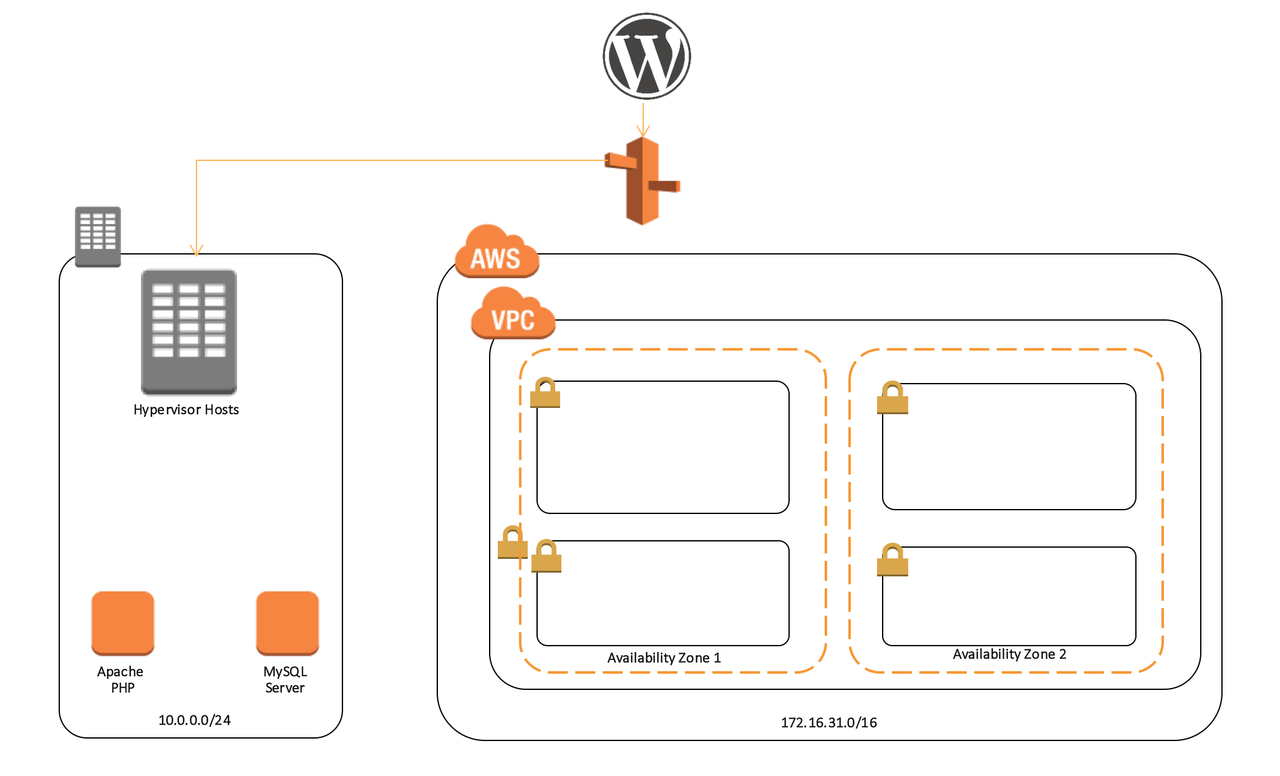Migrate a Web App to AWS
Amazon Web Services offers a comprehensive approach for migrating a Web App from your on-premises server to the AWS cloud. There are obvious benefits to this, which is why many businesses, small and large, are moving their apps to be hosted on the AWS ecosystem. As will be discussed in this AWS training article, migration gives you access to better run-time, support services, stronger security, and technical performance. If you want to improve your app’s performance and reach out to more users, read how you can also host your web app on the AWS system.
There are five specific steps that need to be followed to migrate an app to AWS. As the system is automated, the migration can be carried out fairly easily with very little room for error. Also, there are core services that AWS offers to make the process simple and seamless, even for beginners.

Why Should You Migrate A Web App To AWS?
Costs and agility are the most important reasons to migrate your web app to AWS. It should be cost effective for your app. Making a trade-off between performance an cost is essential. So make sure that migration will lead to better uptime and user experience compared to the expenses.
Focusing on costs does not mean that migration is an expensive process. In fact, it can even work well for small businesses who want to promote their services through an app. Also, considering economies of scale that you can enjoy with AWS. If more people around you are using AWS, then you will be able to get better costs on the migration. You will also get cost savings if you go for managed services by opting only for those services that are necessary for the scale of your business.
Secondly, it is important that the migration should facilitate your end users. It should not be migration for the sake of migration. This is termed as agility or flexibility, and many businesses think this is a more critical aspect than costs. It helps you get better feedback from customers that you can implement within a few weeks or days. This helps to improve the user experience for your users, and they become hooked to your app. With AWS training, you can also carry out more experiments and try out innovations on your app if it is hosted on AWS. Automation is another important feature that can help you automate theme setting and security processes like penetration testing.
The 5 Steps of Migration
Migration can be carried out by an AWS certified developer in 5 simple steps that offer great support to the migration process.
1. Discovery
This is the step where you consider whether you want to migrate your app to AWS, and why. Money and performance are the major reasons why someone would go for migration to AWS. Think about your business and technical reasons. Also, consider the tools and skills that you already have available and the services that you need. Adequate server space and storage support are two things you must consider.
AWS enables you to plug in these figures to find out the cost of hosting your app on AWS versus owning it completely including the staffing costs.
2. Planning and Design
What are your success criteria? Cost saving? Customer experience? Setting these criteria aright at the beginning will help you assess later whether the migration was successful. It will also help you correct any deviations midway if you realize that the success criteria are not being met by the migration effort. A related function is to create a migration plan. In this plan, you must identify the specific tools that you intend to use for migrating your app to AWS, and the type of services that you want.
3. Migration
In this step, you need to develop a comprehensive suite of tests. After reviewing your current app thoroughly, it is important to measure whether the migration served the intended purpose. A test suite helps you do that. The tests you include in this suite should cover every aspect of your app including front end and back end performance. After the migration is complete, you need to run these tests again and compare the pre and post-migration performance of your app. You may even choose to specify cut-off points in case the post-migration performance is below the on-premises performance.
4. Validation
After the migration process is complete, you do not have to generate live traffic immediately. You can continue to receive traffic on your own server. Once you are sure that your app is functioning perfectly on AWS, then you can redirect all incoming traffic to the AWS app. Another important thing is data synchronization. AWS offers you the data migration service. Not only does this feature support your own database, but it gradually ensures that the entire database is transferred to the Amazon ecosystem where it can support your hosted app.
5. Optimization
Here, you need to allocate different roles within your team. The most common functions include operations management, development, and deployment of the app. This is a continuous process which requires an iterative effort. This is because AWS continues to offer new services which get added to your service pack. So you need to determine who is going to be responsible for managing those services. Automation is also a critical aspect of operations since it helps to make your processes more efficient. This ties in with the discussion on costs earlier and helps you get the maximum benefits from cloud-hosted apps.
Conclusion
AWS migration is a very simple process. Amazon offers many services and tools to help you in the migration effort. Not only that, but it also provides a number of operational enablers that help you manage your app and monitor its performance closely after the migration. AWS hosting lets you enjoy the benefits of centralized services, end-to-end services and a set of services such as system engineering support. Amazon engineers are available to help you troubleshoot any problems or glitches with the performance of your app.







